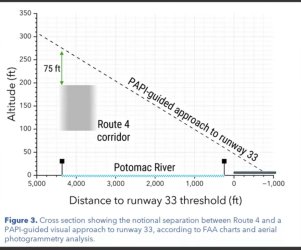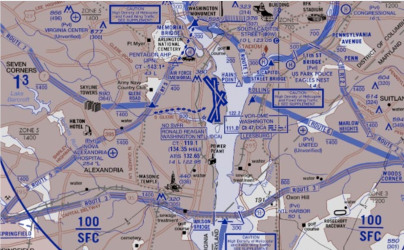- Joined
- Oct 13, 2013
- Posts
- 16,216
Thank you - edited.(Assuming you meant visual separation not clearance
What is the procedure for verifying (by ATC or by the pilots) that what they are seeing is what they are supposed to be seeing
If pilots can see a taxiway as a runway, i can imagine they can see something other than what they are supposed to see.
....
it’s a control zone under their control, not a pilot wish zone
Unless ATC wants the pilots to request visual separation at DCA?
What is the benefit to the pilot to request a visual separation and what is the benefit to the ATC to approve same?
Has DCA ATC ever refused "visual separation"?.
Last edited:


















